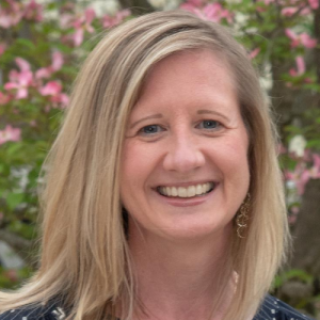Funding High-Quality Pre-K for All

March 31, 2021
The United States still struggles to provide high quality preschool education to the nation’s 3- and 4-year-olds. State-funded pre-K and Head Start serve less than 1 in 3 age-eligible children, and quality standards remain far too low in many of these programs. The Covid-19 pandemic has only made things worse.
At the current pace of progress, the United States will not reach all preschoolers with public programs before the end of the 21st Century. Without national leadership, universal high-quality pre-K will remain a dream. This fact sheet sets out one vision for how that dream can become a reality, with the federal government offering states a 50-50 match for every dollar spent on high-quality pre-K for all children under 200 percent of the federal poverty level (FPL). We estimated the annual cost to the federal and state and local governments of a plan that enrolls all 3- and 4-year-olds under 200% of FPL in high-quality public pre-K within 20 years and all 3’s and 4’s in another 10 years.
Our estimates are based on an average cost per child of $12,500 to fund full-day (6 hours, 180 days) pre-K that meets all ten of NIEER’s Quality Standards Benchmarks and pays teaching staff on par with their K-12 peers. Current state-funded pre-K expenditure is at least $10.5 billion. The proposed federal and state/local partnership adds modest amounts of funding each year to allow the system time to build high quality. Low-income children are added first though state and local governments can of course move more quickly to serve all children regardless of income —as some already do—with their own resources.
Figure 1 shows the estimated annual cost of expanding preschool in each of the next four school years (SY21-SY24). The cumulative cost of expanding preschool in the next 4 years is $21 billion (in current dollars), with the federal share totaling $7.7 billion and state and local share totaling $13.3 billion. (Of course, more federal funding could be provided to raise the quality of existing state-pre-K and Head Start seats in the early years of the program which would increase the federal share and decrease the state and local share in the first four years.) A steady annual increase to reach full enrollment of children under 200% of FPL in 20 years would result in $15.5 billion in new federal funding and $26.7 billion in new state and local funding for SY40. After 30 years, when the goal is reached of public funding for all 3- and 4-year-olds (assuming a 90% participation rate), the annual added cost would be $74.1 billion. The federal share would be $15.5 billion, and the state and local share $58.6 billion.
Our estimates are based on a realistic cost estimate for high-quality pre-K that can generate a positive return on the public investment. The details of how this cost is shared across levels of government can be varied, but states will be more likely to increase access to high-quality pre-K if they have a partner in the federal government. Past federal efforts, like Preschool Development Grants, were highly successful in expanding access to high quality preschool. New federal efforts also could reduce policy conflicts between existing federal, state, and local programs while incentivizing states to prioritize expanded access to high-quality pre-K for millions of young children. With each year we delay, a new group of children miss out on critical years of education they will never get back.
CORRECTION: NIEER’s Funding High-Quality Pre-K for All fact sheet has been corrected to fix a typographical error. The estimated timeframe to provide 2.5 million additional preschool seats serving all low-income children is 20 years, ending in SY40. The timeframe to provide a total of 5 million preschool seats serving all children and to achieve universal preschool in the United States is an additional 10 years, ending in SY50.
The Authors
Karin Garver is an Early Childhood Education Policy Specialist at NIEER. Her research interests are in national and state early education policy trends, inclusive opportunities for preschool children with disabilities, data systems, systems integration, and public program finance.
